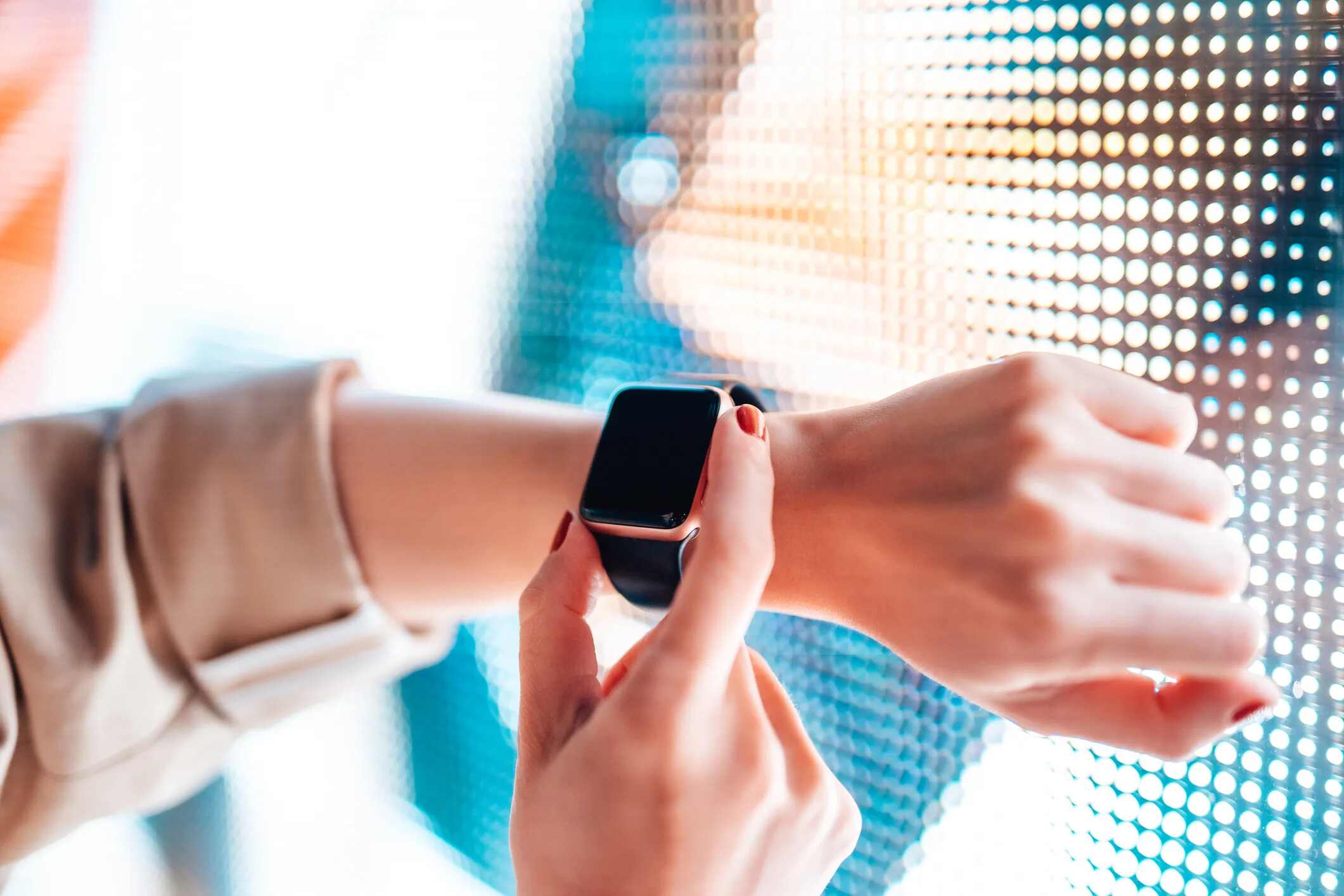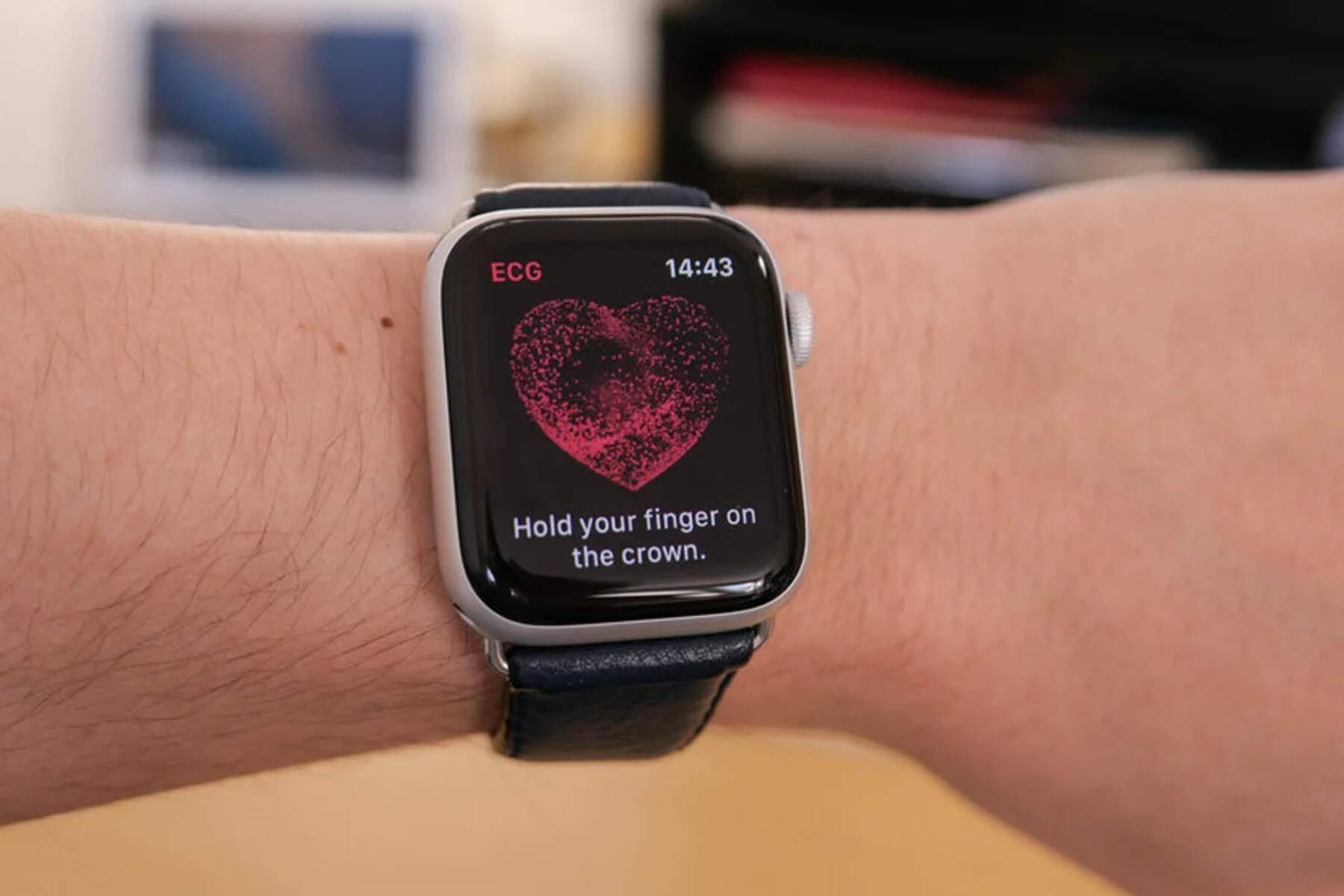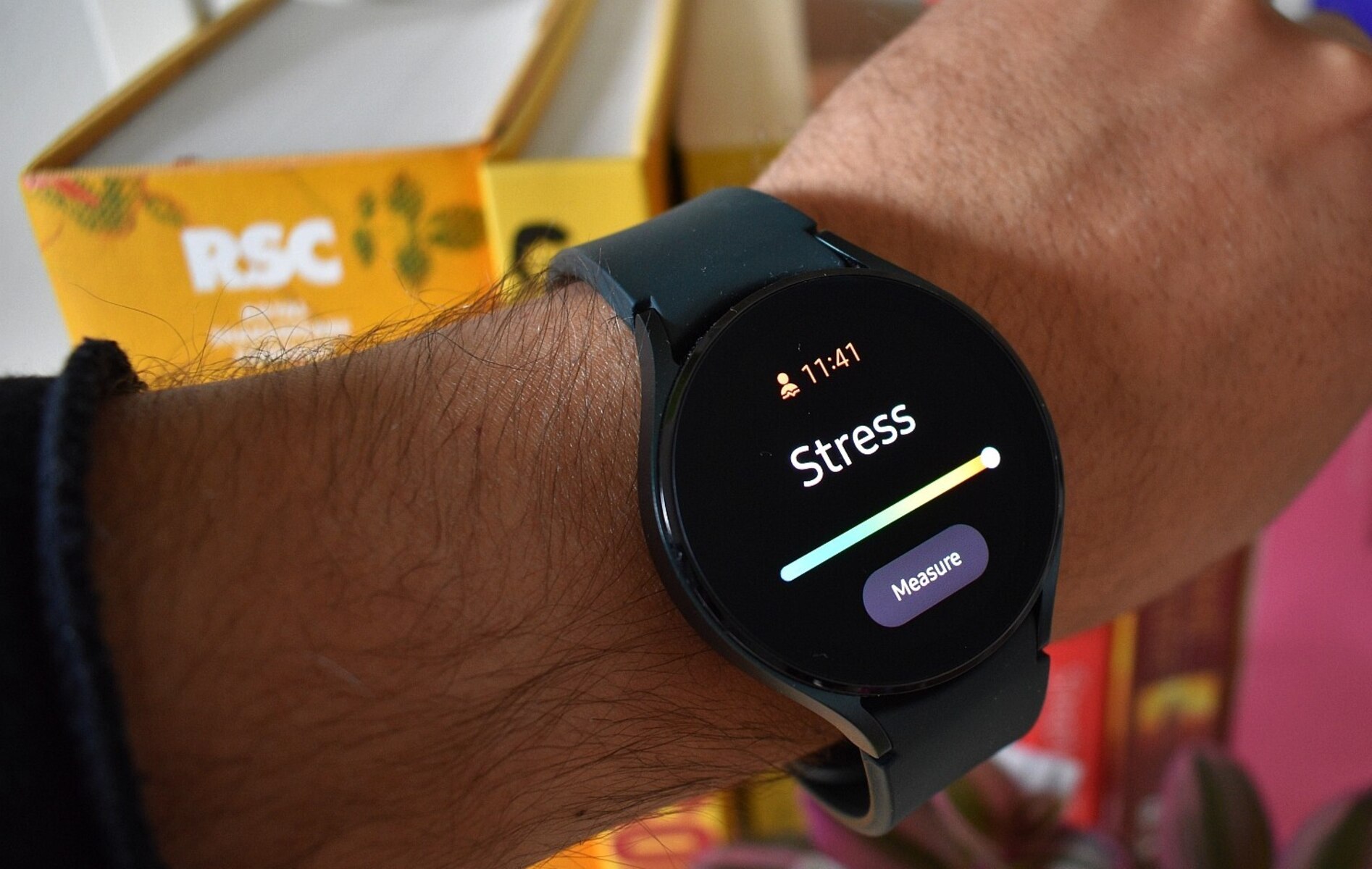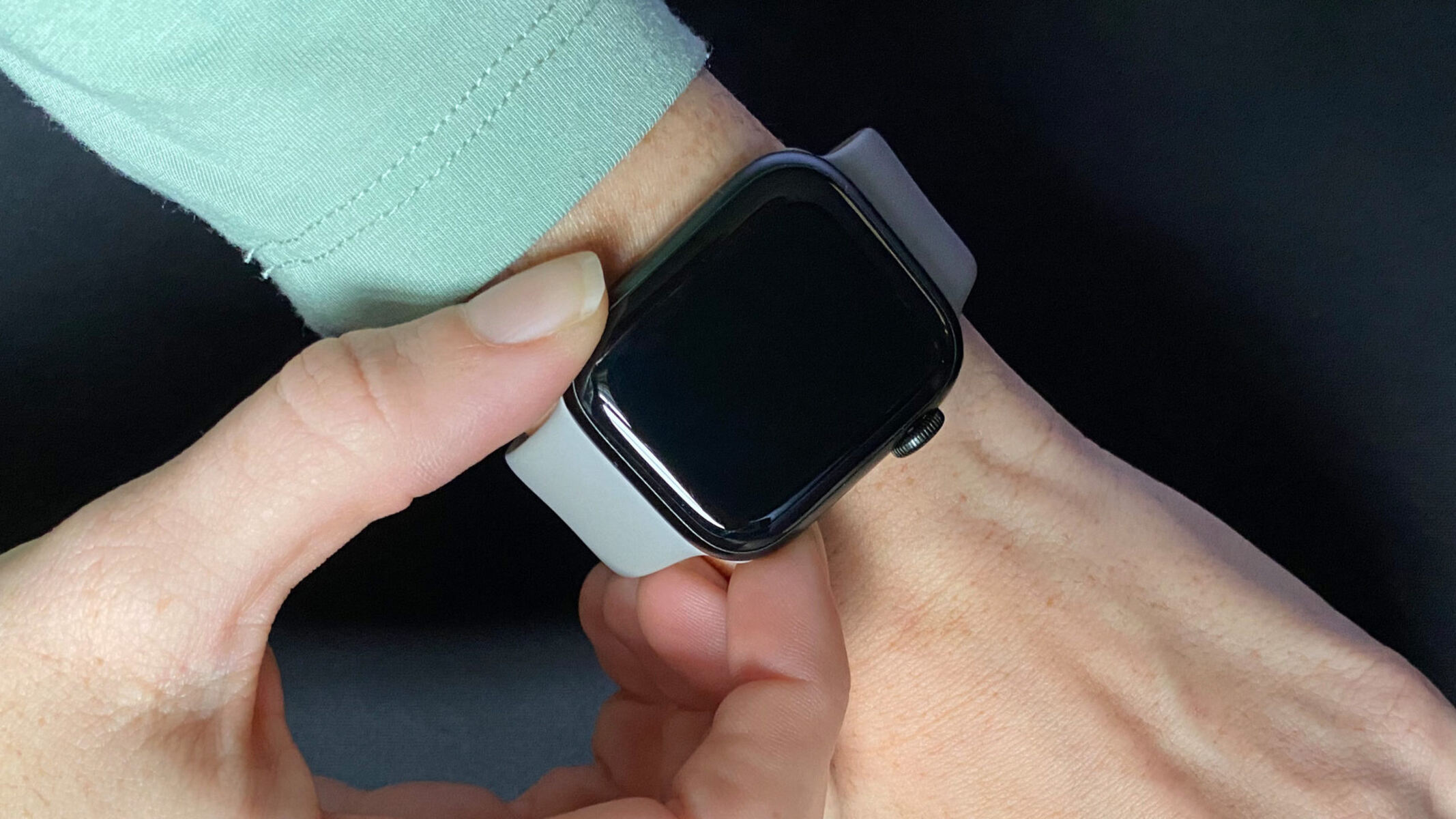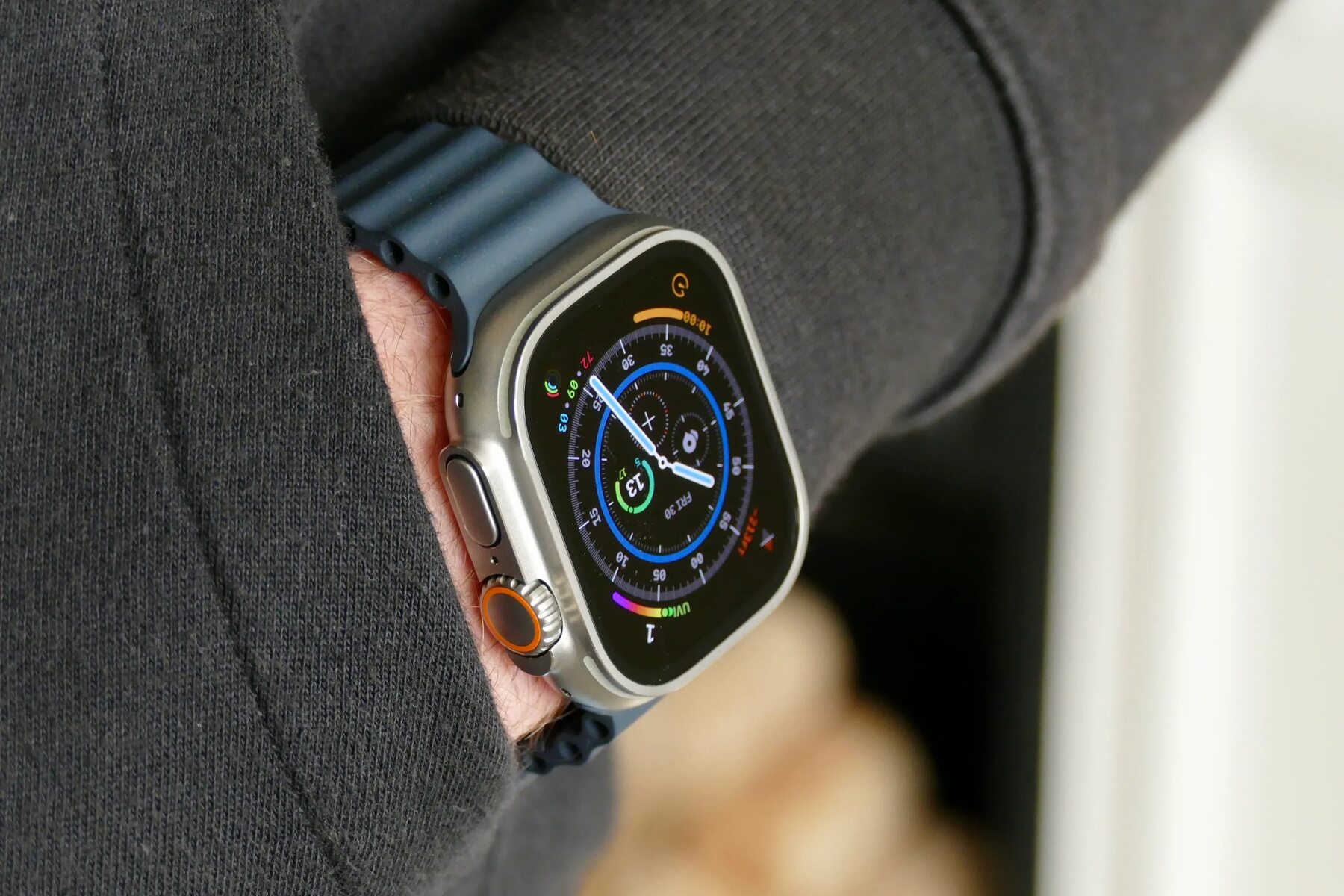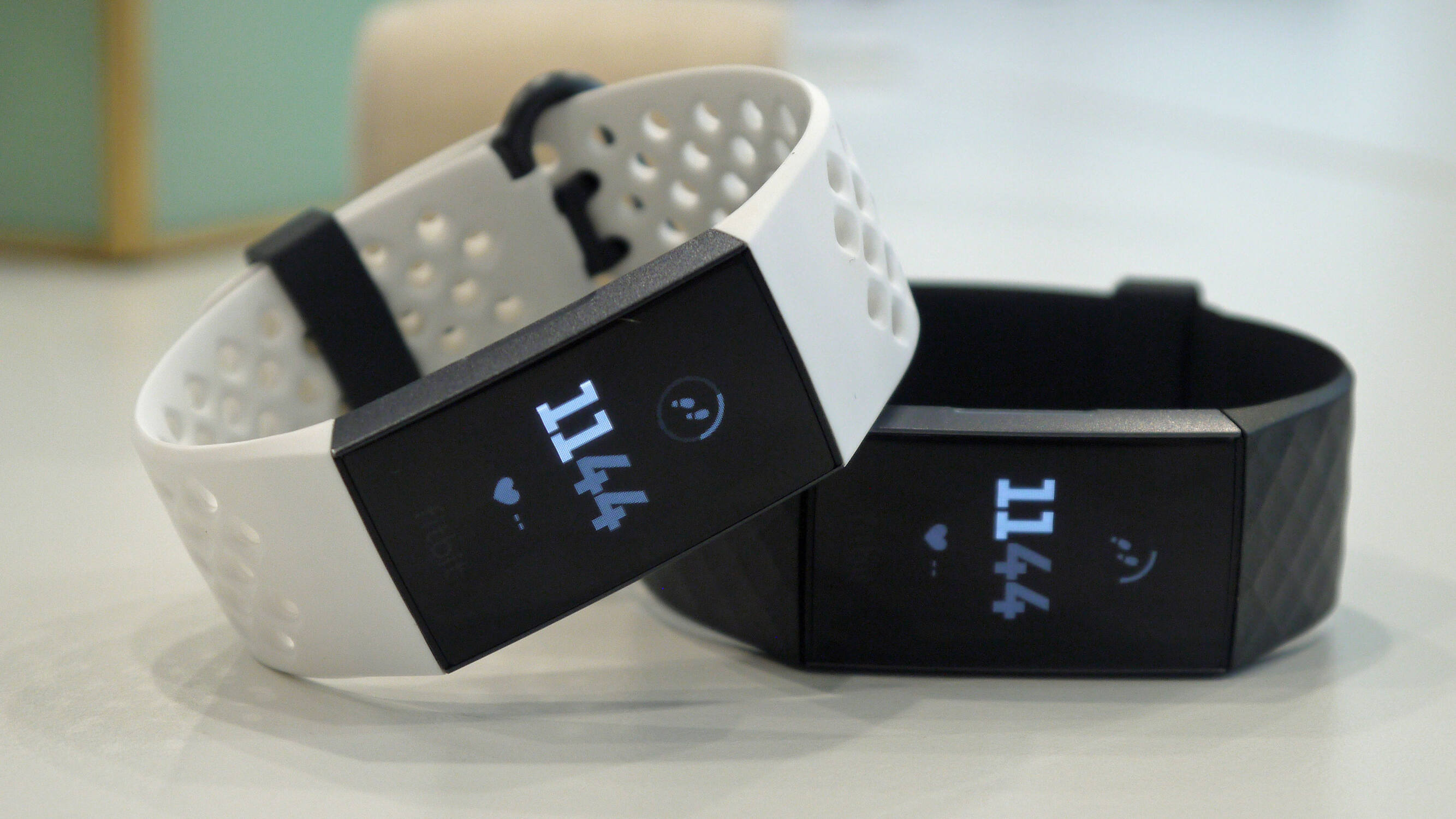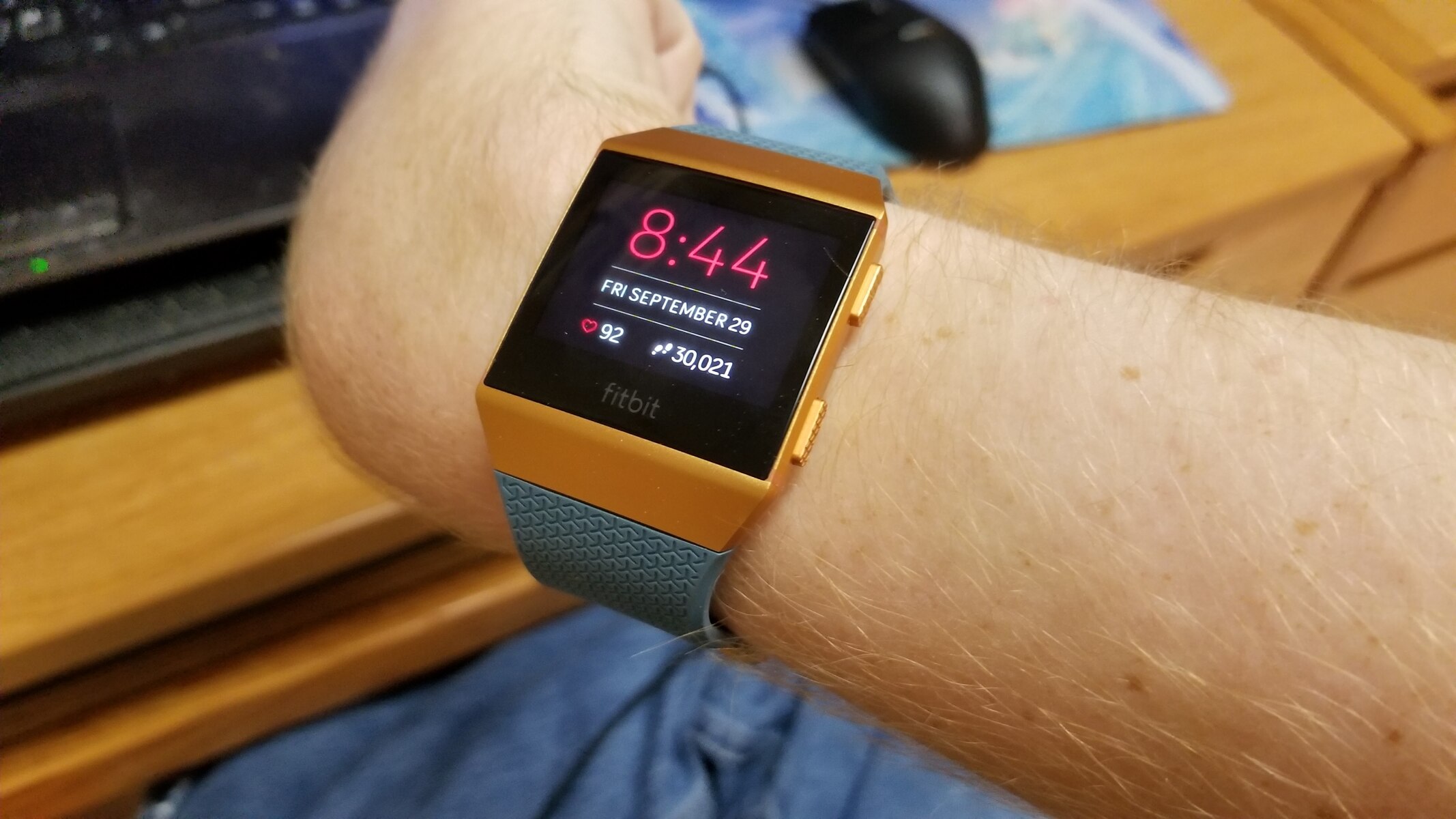Introduction
Introduction
Smartwatches have been hailed as a revolutionary addition to the world of technology, promising seamless integration with our daily lives and providing a myriad of features right at our fingertips. As an early adopter, I was captivated by the allure of these devices and eagerly embraced the opportunity to enhance my productivity, stay connected, and track my fitness goals with ease. However, my initial enthusiasm gradually waned, leading me to bid farewell to my smartwatch. In this personal reflection, I will delve into the reasons that prompted me to part ways with this once-coveted piece of technology.
Despite the initial excitement and optimism surrounding the acquisition of a smartwatch, my experience ultimately revealed a series of drawbacks that overshadowed its perceived benefits. From discomfort and limited functionality to incessant notifications and battery life woes, the journey with my smartwatch was fraught with challenges that ultimately led to my decision to relinquish its use. Through this candid account, I aim to shed light on the practical considerations and real-world implications of smartwatch ownership, offering a firsthand perspective that extends beyond the glossy marketing narratives.
Join me as I recount my personal journey with a smartwatch, exploring the nuances and intricacies that shaped my decision to bid adieu to this once-revered wearable technology.
Uncomfortable Design
One of the primary reasons that led to my disillusionment with smartwatches was the discomfort associated with their design. While the sleek and futuristic appearance of these devices initially captivated me, the practicality of wearing them for extended periods became a significant concern. The rigid and often bulky nature of the smartwatch, coupled with the inflexible wristbands, resulted in a noticeable discomfort that persisted throughout the day. Whether engaged in physical activities or simply navigating through daily tasks, the presence of the smartwatch on my wrist became an unwelcome reminder of its impractical design.
Moreover, the constant friction and pressure exerted by the wristband often led to skin irritation, further exacerbating the discomfort. Despite attempts to adjust the fit and explore alternative bands, the fundamental design limitations remained a persistent issue. The promise of seamless integration and unobtrusive wearability was overshadowed by the tangible discomfort that accompanied the smartwatch, ultimately detracting from its overall appeal.
As a result, the once-enticing prospect of effortlessly incorporating a smartwatch into my daily routine was overshadowed by the physical discomfort and irritation it engendered. The wearable technology that was meant to seamlessly blend into my lifestyle instead became a source of persistent unease, prompting me to reevaluate its place in my daily repertoire.
Limited Functionality
Despite the initial allure of a multifunctional device that promised to streamline various aspects of my life, the practical limitations of the smartwatch’s functionality became increasingly apparent. While the idea of accessing emails, receiving notifications, and tracking fitness metrics from my wrist seemed promising in theory, the execution often fell short of expectations. The small screen size and constrained user interface posed significant challenges, rendering certain tasks cumbersome and impractical.
Moreover, the dependence on a paired smartphone for many essential functions undermined the autonomy and convenience that the smartwatch purported to offer. The need for constant connectivity and proximity to the smartphone detracted from the standalone functionality of the smartwatch, diminishing its value as an independent device. Additionally, the performance limitations and restricted app ecosystem further curtailed the potential for a seamless and enriching user experience.
As I grappled with the inherent constraints of the smartwatch’s functionality, I found myself increasingly reliant on my smartphone for tasks that the smartwatch was meant to facilitate. The promise of enhanced efficiency and convenience gave way to the realization that the smartwatch, in its current iteration, posed more hindrances than advantages in my daily routine.
The limitations in functionality, coupled with the reliance on a companion smartphone, prompted a reevaluation of the smartwatch’s role in my digital ecosystem. The initial allure of a versatile and autonomous device gradually gave way to the recognition of its inherent constraints, prompting me to reassess its practical relevance in my life.
Constant Notifications
One of the anticipated benefits of owning a smartwatch was the ability to stay effortlessly connected through real-time notifications. However, the incessant stream of notifications, while initially perceived as a valuable feature, soon became a source of overwhelming distraction and disruption. The constant barrage of alerts, spanning from emails and messages to app notifications, encroached upon my daily life, impeding my focus and inundating me with a perpetual sense of urgency.
Furthermore, the limited control over the granularity of notifications on the smartwatch meant that I was often bombarded with trivial updates and distractions that detracted from my productivity and peace of mind. The seamless connectivity that was meant to enhance my efficiency paradoxically led to a state of perpetual interruption, undermining the very premise of streamlined communication and accessibility.
As I found myself compulsively glancing at my wrist each time a notification chimed, I realized that the smartwatch had inadvertently become a catalyst for heightened digital dependency, rather than a facilitator of mindful and purposeful engagement. The allure of effortless connectivity and real-time updates gave way to a palpable sense of intrusion and cognitive overload, prompting me to reevaluate the impact of constant notifications on my overall well-being.
The incessant influx of notifications, while initially perceived as a valuable feature, ultimately contributed to a sense of digital fatigue and information overload. The promise of seamless connectivity and real-time updates was overshadowed by the disruptive and intrusive nature of the smartwatch’s notification system, prompting me to reconsider its role in fostering a balanced and focused lifestyle.
Battery Life
The issue of battery life emerged as a persistent source of frustration and inconvenience during my tenure with a smartwatch. Despite the initial assurances of extended battery longevity, the reality of frequent recharging and limited endurance became a notable drawback. The need to monitor and manage the smartwatch’s battery levels added an additional layer of complexity to my daily routine, detracting from the seamless integration and convenience that the device was meant to provide.
Moreover, the disparity between the advertised battery life and the actual performance of the smartwatch underscored the inherent limitations of current battery technology in the context of wearable devices. The frequent need for recharging not only disrupted the continuity of usage but also introduced an element of unpredictability, as I often found myself grappling with the anxiety of the smartwatch running out of power at inopportune moments.
The necessity of carrying charging cables and seeking out power sources to sustain the smartwatch’s functionality added an unwelcome layer of logistical planning to my daily endeavors. The promise of seamless integration and uninterrupted usage was compromised by the perpetual need for vigilance and contingency planning to ensure that the smartwatch remained operational throughout the day.
The persistent concerns surrounding battery life prompted a reevaluation of the smartwatch’s practicality in my daily life. The allure of a device that seamlessly complemented my lifestyle was overshadowed by the recurrent need for recharging and the accompanying uncertainties, prompting me to reconsider the value of a device that introduced additional complexities rather than alleviating them.
Health Data Accuracy
As a proponent of an active and health-conscious lifestyle, the promise of comprehensive health and fitness tracking was a compelling aspect of owning a smartwatch. However, the discrepancy between the marketed precision of health data and the actual accuracy of the measurements became a significant point of contention. The heart rate monitoring, step counting, and sleep tracking features, while initially appealing, revealed inconsistencies and inaccuracies that eroded my confidence in the reliability of the smartwatch as a health companion.
The discrepancies in heart rate monitoring, often yielding erratic readings during periods of physical activity, raised doubts about the efficacy of the smartwatch as a reliable fitness tracker. Similarly, the step counting feature, intended to provide a holistic overview of daily activity, exhibited inconsistencies and inaccuracies that undermined its utility as a meaningful metric for gauging physical exertion and progress.
Furthermore, the purported sleep tracking functionality, which aimed to offer insights into sleep patterns and quality, proved to be unreliable and imprecise, failing to provide actionable and accurate data. The disconnect between the promised accuracy of health data and the actual performance of the smartwatch in this regard prompted a reassessment of its role as a credible and dependable health monitoring tool.
The realization that the smartwatch’s health tracking features, while conceptually appealing, fell short of delivering reliable and precise data prompted a reevaluation of its efficacy as a holistic health companion. The allure of seamlessly monitoring and optimizing my well-being through a wearable device was overshadowed by the tangible discrepancies and inaccuracies in the health data, prompting me to reconsider the value of a device that failed to provide dependable insights into vital aspects of my health and fitness journey.
Distraction
Despite the initial appeal of seamless connectivity and real-time updates, the smartwatch gradually transitioned from a facilitator of streamlined communication to a source of pervasive distraction. The constant influx of notifications, coupled with the temptation to engage with the device for non-essential tasks, fostered a state of perpetual digital tethering that encroached upon my ability to focus and engage with the present moment.
Moreover, the compulsion to frequently glance at the smartwatch in response to notifications and alerts disrupted my cognitive flow and impeded my capacity to immerse myself fully in tasks and interactions. The promise of enhanced efficiency and accessibility gave way to a palpable sense of digital entrapment, as the smartwatch became a conduit for incessant interruptions and fragmented attention.
Furthermore, the integration of additional features such as music playback and app functionalities, while ostensibly enriching the smartwatch’s utility, inadvertently contributed to a state of heightened distraction. The allure of a multifunctional device gradually gave way to the recognition of its role as a catalyst for digital dispersion and cognitive overload, prompting me to reevaluate the impact of the smartwatch on my ability to maintain sustained focus and undivided attention.
The realization that the smartwatch, once heralded as a tool for seamless integration and enhanced productivity, had become a source of pervasive distraction prompted a critical reassessment of its place in my daily life. The allure of effortless connectivity and multifunctional capabilities was overshadowed by the tangible disruptions and cognitive fragmentation engendered by the smartwatch, prompting me to seek a more balanced and mindful approach to digital engagement.
Conclusion
My journey with a smartwatch, while initially marked by enthusiasm and anticipation, ultimately led me to confront a series of practical limitations and drawbacks that prompted me to relinquish its use. The discomfort stemming from the device’s design, coupled with the limited functionality, incessant notifications, battery life concerns, and discrepancies in health data accuracy, collectively contributed to a palpable sense of disillusionment.
Furthermore, the smartwatch’s inadvertent role as a source of distraction, disrupting my cognitive flow and impeding my ability to maintain sustained focus, underscored the profound impact of wearable technology on our daily experiences and mental well-being.
As I bid adieu to my smartwatch, I am reminded of the delicate balance between technological innovation and practical utility. While the allure of seamless integration and multifunctional capabilities initially captivated me, the tangible limitations and disruptive implications prompted a critical reevaluation of the role of wearable technology in enhancing, rather than encumbering, our daily lives.
My decision to part ways with the smartwatch reflects a conscious choice to prioritize simplicity, mindfulness, and practicality in my interactions with technology. As the landscape of wearable devices continues to evolve, my experience serves as a poignant reminder of the need to critically assess the real-world implications and practical relevance of these innovations, beyond the allure of their marketing narratives.
While my journey with a smartwatch may have reached its conclusion, the insights garnered from this experience will continue to inform my approach to integrating technology into my lifestyle, emphasizing the value of purposeful engagement and mindful interaction in an increasingly interconnected digital landscape.







